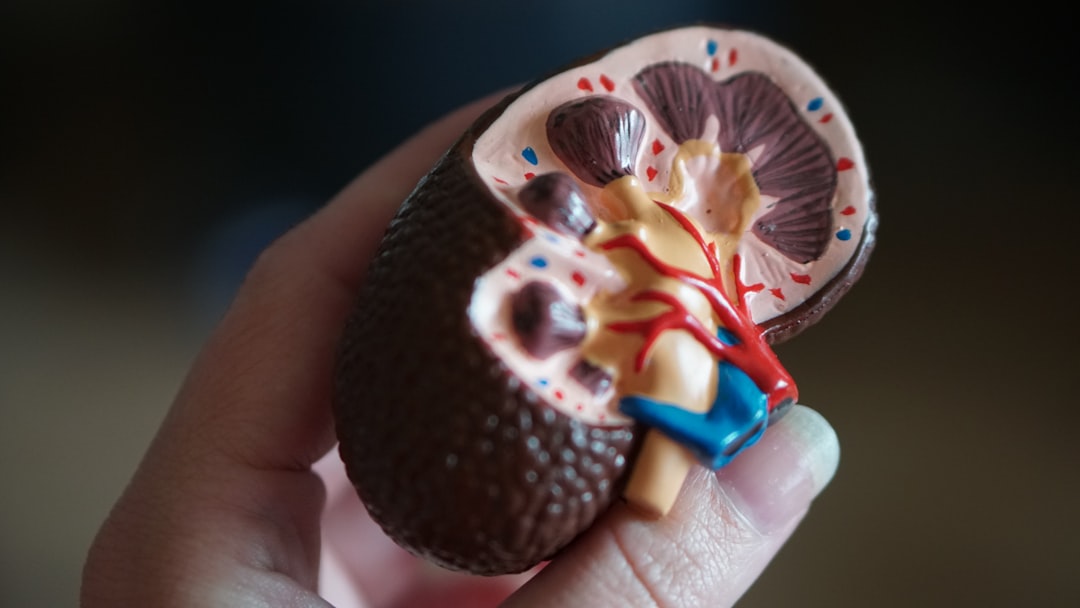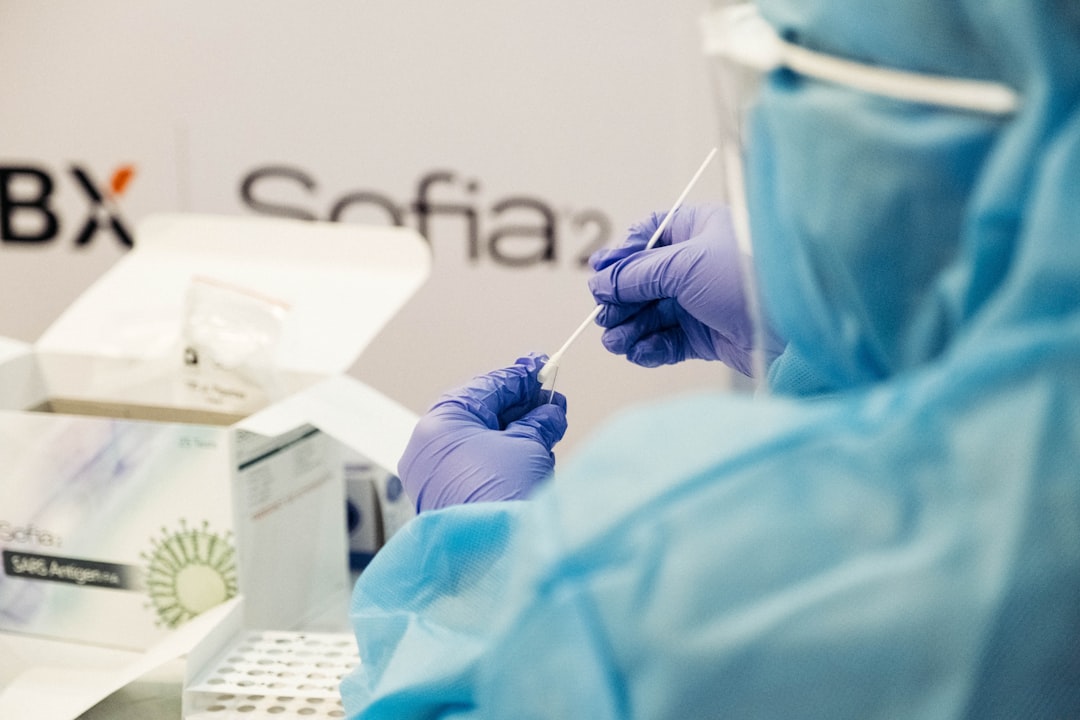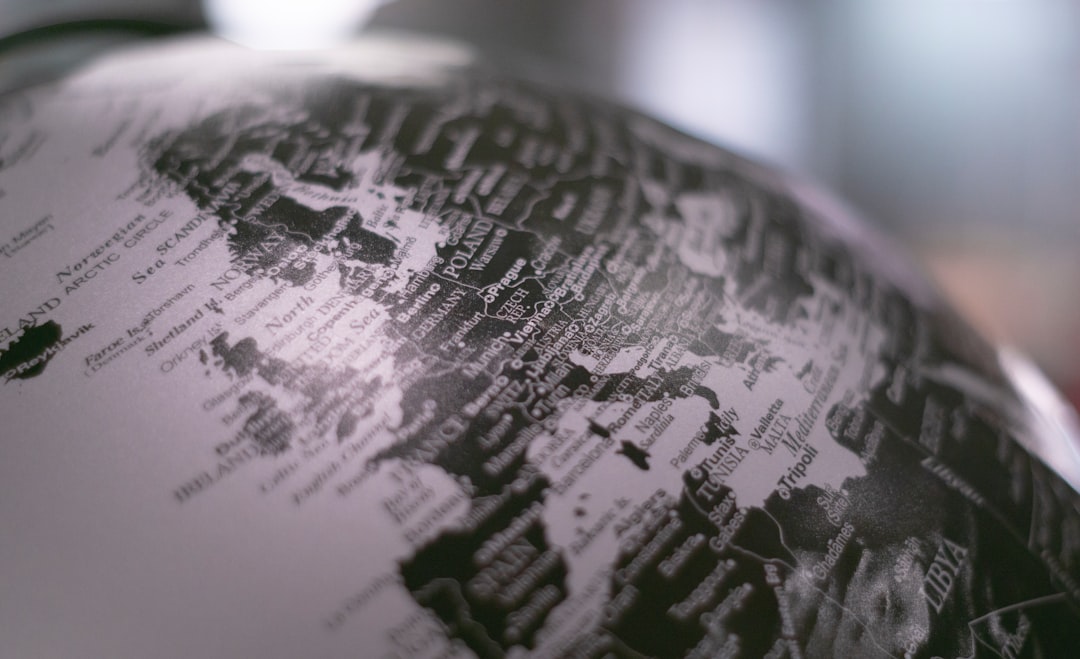What is it about?
We use a non-invasive video method of measuring eye surface temperatures, this will be converted to tearfilm evaporation rates using calculations. We found that there is a reduction in evaporation rates in patients who had eyelid warming, this means that the secretions from the oil glands may have increased after warming, replenishing the deficient oil layer in the tear of patients, thus increasing the stability of the tears.
Featured Image

Photo by Jeremy Bezanger on Unsplash
Why is it important?
It is reassuring to note a reduction in tear evaporation after eyelid warming. This shows that the lipid delivery from the eyelids is indeed key to preventing excessive tear evaporation. This is a sensitive method of measuring tear evaporation. Previously tear evaporation is measured within goggles, which is highly unnatural and patients may not blink freely. Tear normally evaporates from the eye when we are working in a low humidity environment.
Perspectives
By identifying people with fast evaporation using thermography, we can offer eyelid warming strategies to these dry eye patients.
Prof Louis Tong
National University of Singapore
Read the Original
This page is a summary of: Longitudinal Changes in Tear Evaporation Rates After Eyelid Warming Therapies in Meibomian Gland Dysfunction, Investigative Opthalmology & Visual Science, April 2016, Association for Research in Vision and Ophthalmology (ARVO),
DOI: 10.1167/iovs.16-19088.
You can read the full text:
Contributors
The following have contributed to this page










